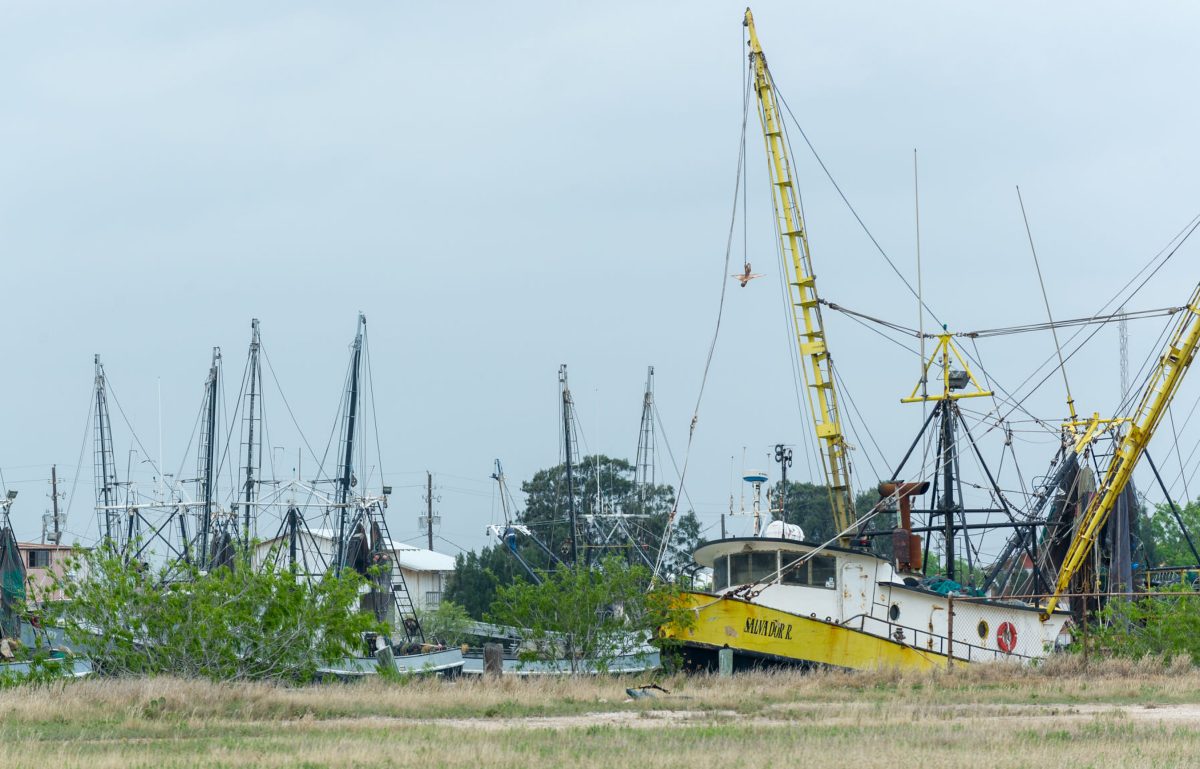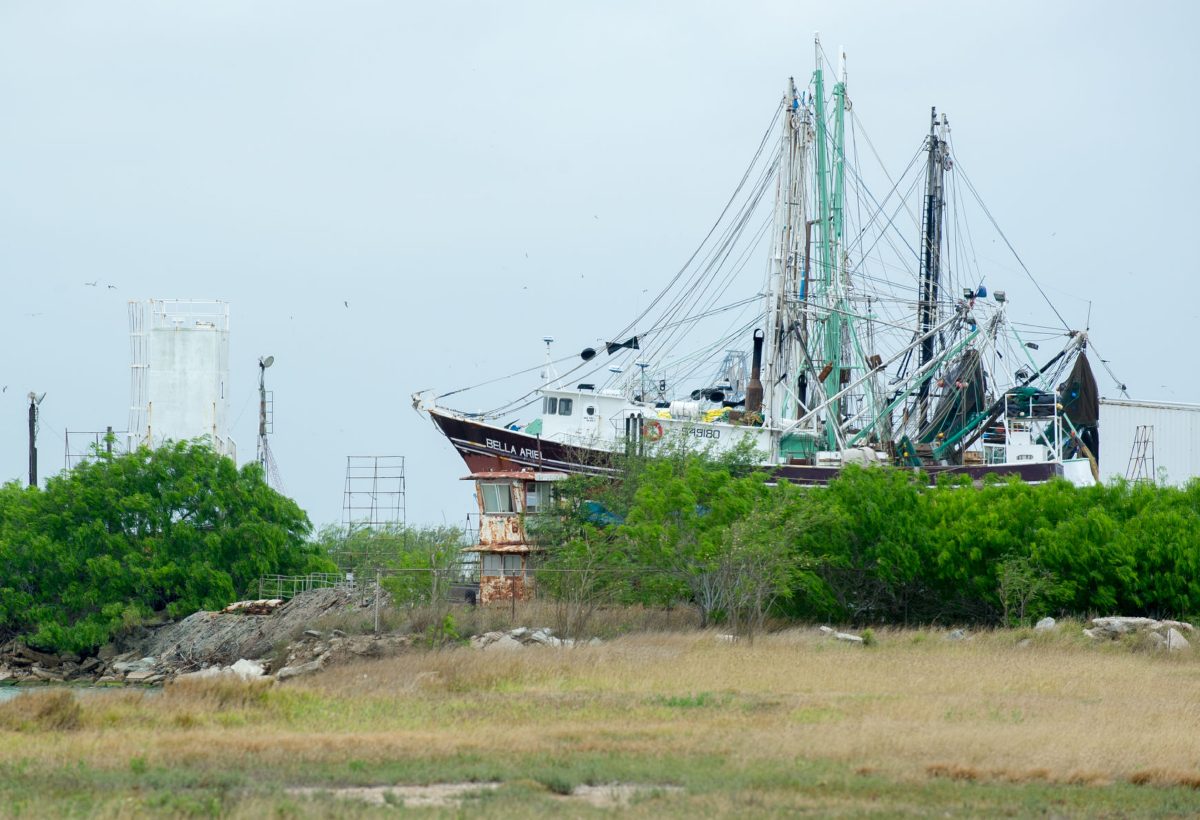BROWNSVILLE —A decision by Congress to add imported shrimp to the Seafood Import Monitoring Program is good news for an industry not used to hearing good news.
The Gulf shrimp industry has struggled against a rising tide of cheap foreign imports for years, making it tough for domestic shrimp boat operators to make a living. Combined with the factors, this situation has led to a dramatic decline in the size of the Brownsville-Port Isabel shrimp fleet.
The Senate and House versions of the $1.3 trillion federal spending bill signed into law March 23 contained the provision to include imported shrimp in the monitoring program, which requires “traceability information” on imported seafood from where it’s harvested to the first point-of-sale in the United States. The purpose is to thwart illegal, unreported and unregulated fishing activity.
Andrea Hance, executive director of the Texas Shrimp Association, headquartered at the Brownsville Shrimp Basin, said the industry lobbied to have imported shrimp covered by the monitoring program.
“Basically, it just adds a layer of regulation to help regulate the massive amount of imported shrimp,” she said. “Shrimp got taken out of the monitoring program a couple of years ago, so we fought to put it back in. It’s not going to solve our industry’s problems by any means, but it’s a step in the right direction.”
Hance owns two shrimp boats with her husband, Preston. She noted the value of shrimp imported to the United States is higher than any other imported seafood, thus including it in the monitoring program should be a no-brainer. Close to 1.8 billion pounds of seafood was imported to the United States last year, while imports are increasing roughly 10 percent annually, she said.
“Less than 1 percent of that seafood ever gets inspected by the (Food and Drug Administration),” Hance said. “There’s seafood flooding our market that has no regulations on it whatsoever. The American seafood industry, meanwhile, has declined 70 percent over the last 30 years, probably as a direct result of the imported shrimp.”
Eddy Hayes, Gulf counsel for the American Shrimp Processors Association, in a statement called the change a “victory for seafood transparency and the American consumer.” He praised lawmakers from Alabama, Louisiana and Mississippi for their efforts to get imported shrimp back into the monitoring program.
ASPA Executive Director David Veal said “the playing field has been leveled for American shrimp processors, harvesters and docks.”
Hance said the news is reason for optimism — a rare commodity in the Gulf shrimp industry.
“We have lots more work to do, but at least this is something positive,” she said. “We’ll continue to fight for more legislation to control what’s being shipped here and ending up on the consumer’s plate.”







